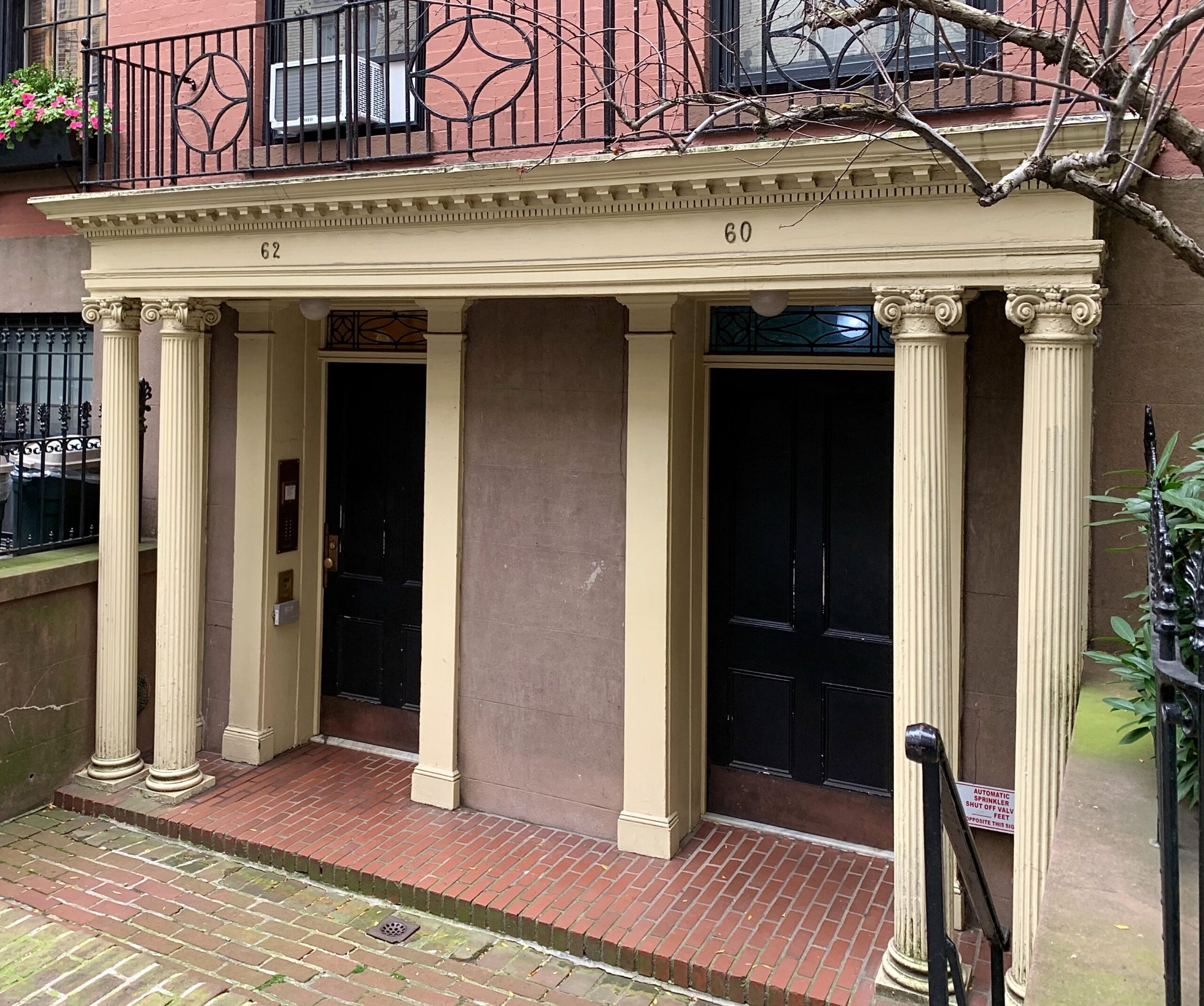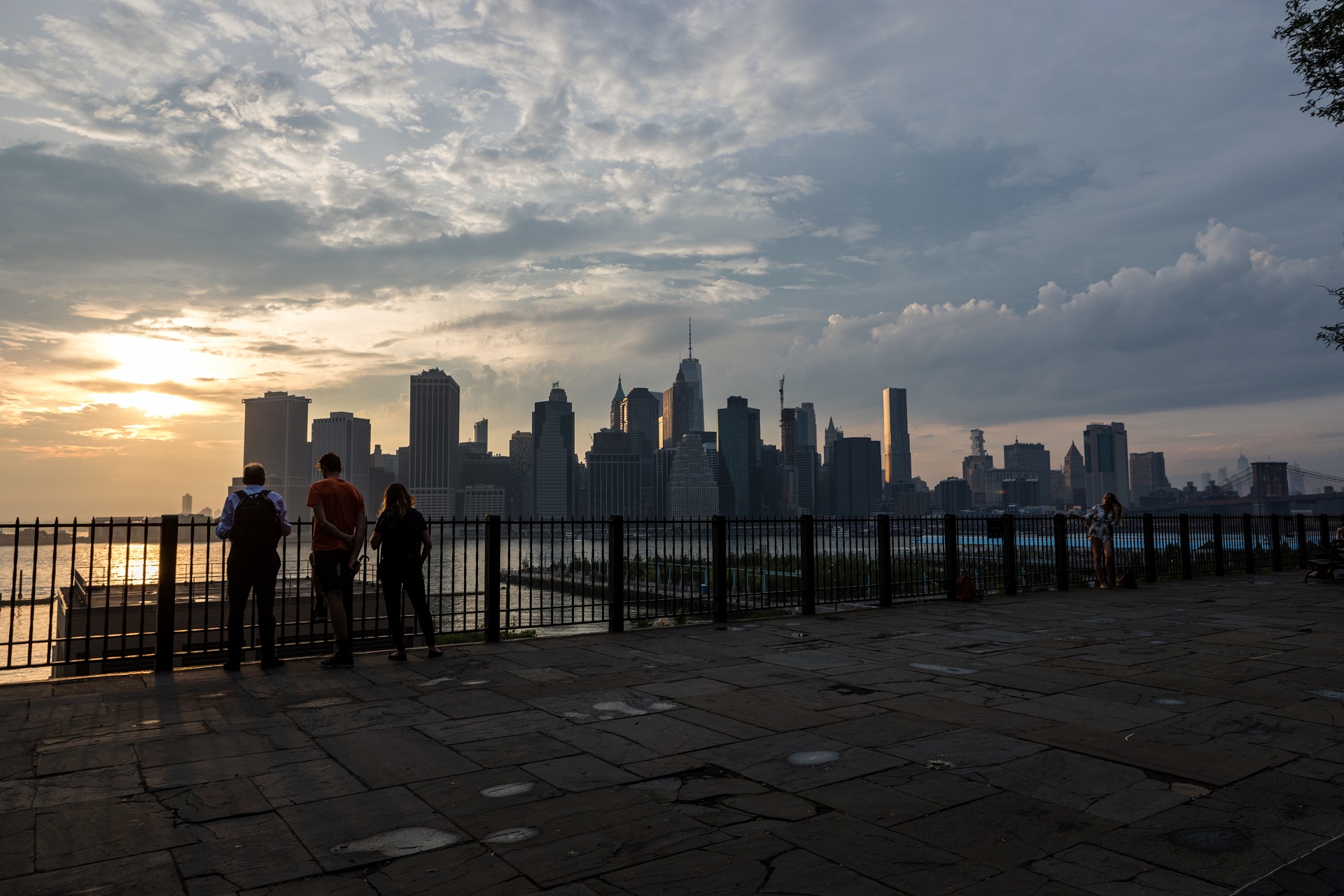Valentine’s Way, preservationists’ labor of love, comes onto the market in Brooklyn Heights
Historic, 4-townhouse assemblage with secluded park, restored over decades

BROOKLYN HEIGHTS — A historic collection of four adjacent townhouses, with its own private park, has quietly gone on sale for $25 million in Brooklyn Heights.
Called Valentine’s Way, the brownstones at 60, 62, 64 and 66 Clark St., between Henry and Hicks streets, are subject to a conservation easement established by the dedicated preservationists who have spent four decades meticulously restoring them. The conservation easement assures that the buildings’ exteriors, front gardens and ironwork, which have been judged to be of cultural, architectural and historical significance, will be maintained in perpetuity.
According to the New York Landmarks Conservancy, 60, 62, 64 and 66 Clark St. were built in approximately 1836, 1853, 1857 and 1849 respectively as single-family rowhouses. In the 1920’s they were combined into a single ownership as individual multiple dwellings retaining their separate entrances.

Brooklyn Heights
View MoreRead the Brooklyn Height's Press and Cobble Hill News. Find out more about Brooklyn Height's History here.